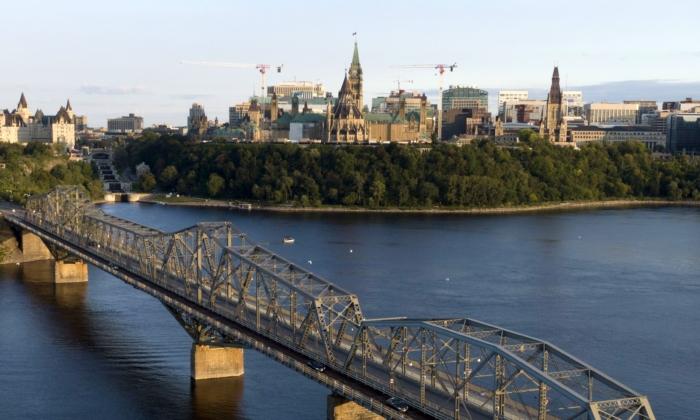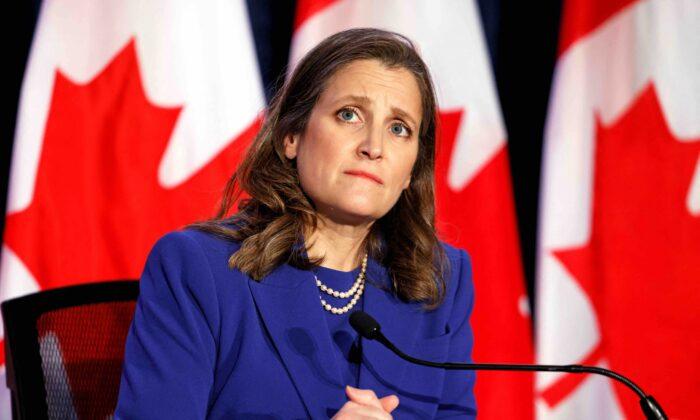Commentary
While the Trudeau government continues to
argue that many high-income Canadians pay very little income tax, in reality high-income families in Canada pay disproportionately more in taxes compared to other families.
Throughout its tenure, the Trudeau government has attempted to use tax increases on top earners to raise additional revenue and ensure the “wealthy” pay their “fair share.” In 2016, the government added a new top federal income tax bracket,
raising the top federal tax rate from 29 to 33 percent. Recently, the government
raised the minimum income tax rate that higher-income Canadians must pay annually, again to ensure high-income Canadians pay their “fair share.”
But in fact, Canada’s system of personal income tax (PIT) is progressive, which means individuals pay higher federal and provincial rates on income above certain thresholds. Because of this design, the top 20 percent of income-earning families already pay disproportionately more in taxes than other families—a fact the Trudeau government continues to ignore.
According to a recent
study published by the Fraser Institute, the top 20 percent of families pay 61.9 percent of personal income taxes while accounting for 45.7 percent of the country’s total income. They are the only income group to pay a larger share of taxes than their share of income. Conversely, the bottom 20 percent of income-earning families account for 5.1 percent of income and only pay 0.7 percent of all federal and provincial personal income taxes.
Of course, in addition to the PIT, Canadians also pay sales taxes, property taxes, and more. Even taking all these taxes into account, top-earning families still pay disproportionately more, with the top 20 percent of families paying 53.1 percent of total taxes (again, this is the only income group to pay more in taxes relative to its share of total income).
And yet, the Trudeau government still insists that high-income families should bear more of the tax burden. This approach, however, comes with economic consequences.
Raising tax rates elicits
behavioural responses from taxpayers. These responses range anywhere from hiring an accountant to ensure you take advantage of any tax deductions or credits, to moving to a different jurisdiction with lower taxes (such as the United States). By engaging in these behaviours, Canadians reduce the total pool of taxable income. Top earners are typically better able to engage in these behaviours, so raising top taxes often doesn’t raise as much revenue as
expected.
Tax increases on top earners also reduce Canada’s ability to attract and retain high-skilled people such as doctors, scientists, managers, and engineers that help fuel economic growth. Empirical
research shows these kinds of people are very sensitive to taxes and more likely to migrate in the face of tax hikes. Migration out of Canada (or reduced immigration) by high-income workers represents a loss of productive economic activity and forgone income tax revenue since they no longer pay taxes in Canada.
Despite rhetoric from Ottawa, top income-earning families pay the majority of Canada’s taxes. Given the economic consequences, policymakers would be wise to avoid further raising taxes on top earners.
Views expressed in this article are opinions of the author and do not necessarily reflect the views of The Epoch Times.








